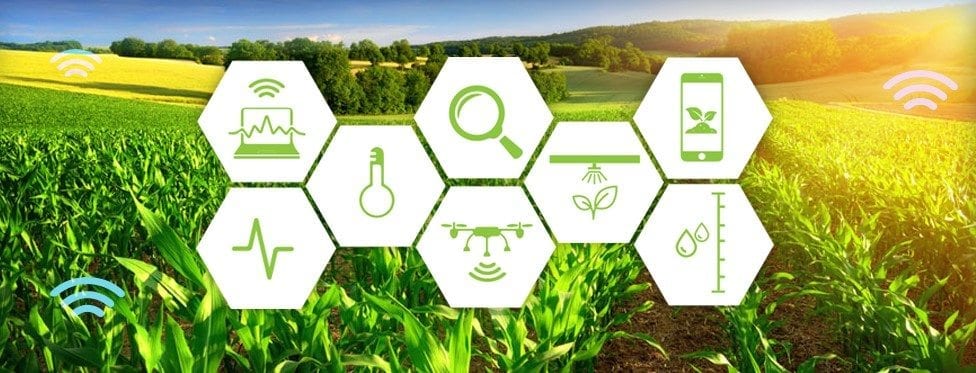



Article by: Hari Yellina (Orchard Tech)
Over the next decade, 5G will play a critical role in smart farming and precision agriculture which promises to be the key to optimising resources and enhancing production. As the next generation of mobile technology, 5G has been designed to meet the continuing growth in demand for data and connectivity from industries, like agriculture, offering mobility, stability and speed.
New smart farming technologies, like drones, autonomous agriculture vehicles, robotics, artificial intelligence (AI) and IoT devices, that leverage fast, high-capacity private and public 5G networks, will ultimately maximise operations. This will not only improve the quality and quantity of crops, and the health and welfare of livestock, it will also improve the sustainability and profitability of the agriculture industry. To showcase the opportunities for Australian agriculture, the Australian Mobile Telecommunications Association (AMTA) has identified five ways that 5G will change agriculture.
Using 5G’s high-speed and ultra-reliable connectivity, drones could automatically transmit HD videos and images, including thermal and topographical images, track and identify objects like livestock, weeds and pests using AI, and act on commands seamlessly controlled from kilometres away. This will enable agribusinesses to better analyse field conditions, distribute seeds and sprays, and manage crops and livestock in real-time.
Real-time animal monitoring with precision livestock farming (PLF) technology will become more prevalent with 5G. 5G-enabled technology, such as animal tags, sensors and cameras, will transmit accurate and reliable data about an animal’s health and location faster for better livestock management.
Through 5G’s reliable connectivity, farmers can monitor animal eating and sleeping patterns, feed availability, indoor and outdoor environments, and general behaviour to identify if an animal is sick or even pregnant, helping farmers to make better choices for their livestock and improve animal welfare.
Improving food management will be essential for increasing food supply. Using the high-speed and high-capacity 5G networks, food producers will be able to connect multiple IoT devices and sensors to track and monitor food along the supply chain, from processing to storage and delivery. This will improve traceability and storage conditions which will increase food safety, minimise the risk of contamination and food poisoning and reduce food waste.
As part of the Australian 5G Innovation Initiative, the Australian Meat Processer Corporation is using 5G-enabled video technology to improve the quality assurance process of meat production, with the goal to reduce the cost of compliance and at the same time increase the effectiveness of compliance auditing for farmers in regional and rural Australia.
Autonomous farm equipment is the next big thing in smart farming. Connected through 5G, they will streamline operations on farms and assist with labour shortages in Australia, which became a problem for some farmers during the pandemic. Using 5G’s reliable and fast connectivity, farmers will be able to remotely operate a variety of driverless machinery, like tractors and harvesters, and even ‘field robots’ that could manage tasks like weeding. 5G will also enable autonomous agricultural equipment to communicate directly with each other in real-time, allowing farmers to control crop management processes end-to-end and increase efficiency.